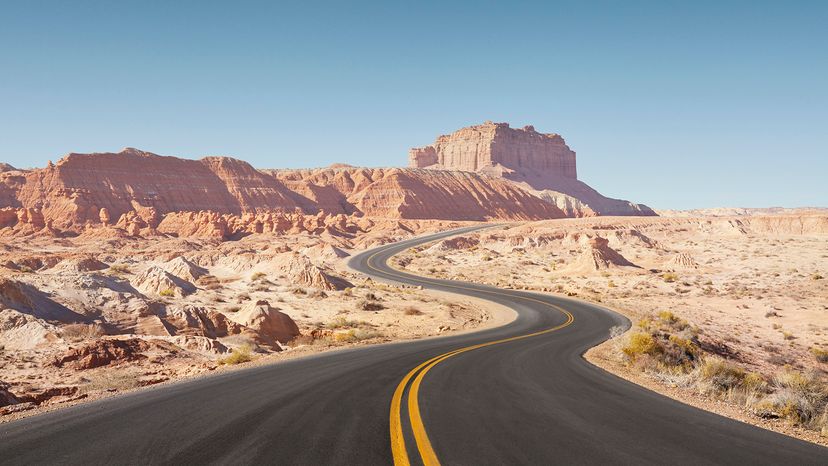Control-access highways are not like other highways but are instead the umbrella term for all high-speed traffic systems with controlled areas. These roadways can include state-to-state routes (interstates), freeways and expressways that provide controlled access for vehicles to merge and exit using ramps and rest areas typically connected to the far-right lane.
Off-ramps post slower speeds, while on-ramps are often equipped with a transitional merge lane that allows drivers to catch up with traffic flow without hindering faster vehicles. Once merging vehicles have matched these higher speed limits, they can safely switch lanes to the middle lane.
It is recommended to only use the farthest-left lanes to pass slower vehicles, and to pull off to the right of highways and freeways only during emergencies.
With all this in mind, it's easy to understand the confusion when pinpointing the difference between a highway and a freeway because many terms will change based on region.
